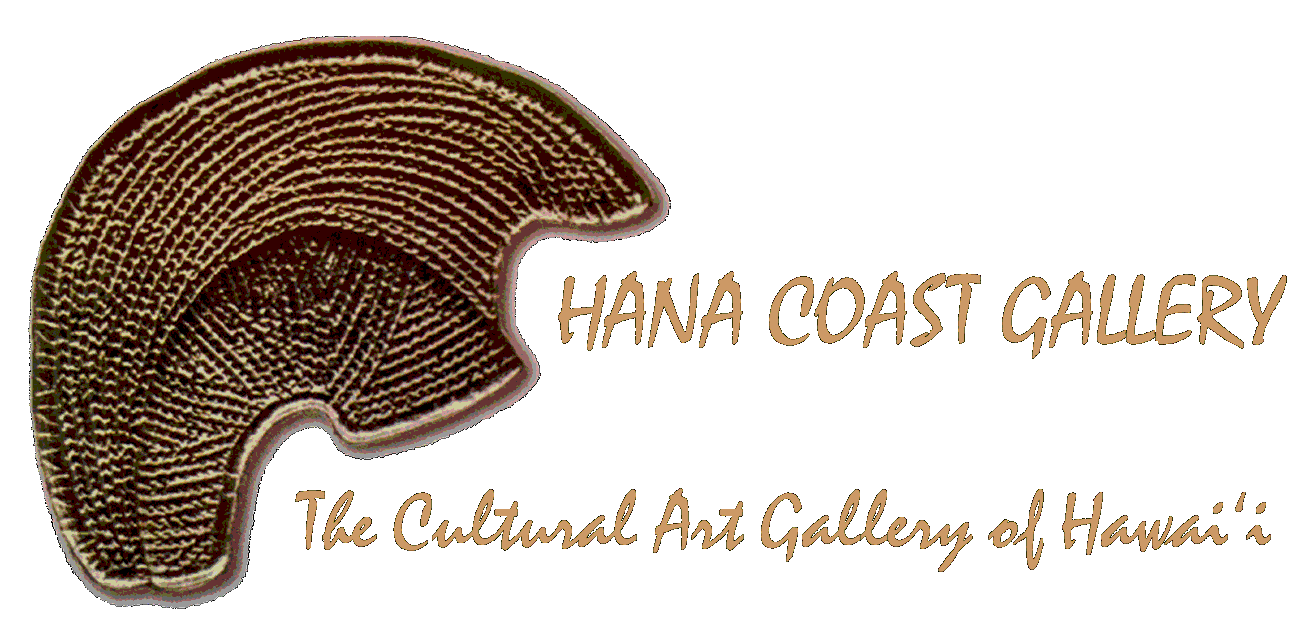Maui Feather Artists
Hover over images for details and price • Click on images for larger view • Click X in upper right to return to this page
Maui Feather Artists
Traditional Featherwork
Maui Feather Artists
Traditional Featherwork
Maui Feather Artists
Traditional Featherwork
Maui Feather Artists
Traditional Featherwork
Peacock
$750
Maui Feather Artists
Traditional Featherwork
Grey Goose
$295 SOLD
Maui Feather Artists
Traditional Featherwork
Red Goose & Peacock
$295 SOLD
Maui Feather Artists
Traditional Featherwork
Yellow Goose
$375 SOLD
Maui Feather Artists
Traditional Featherwork
$625 SOLD
Maui Feather Artists
Traditional Featherwork
$145
From the Artist
Feathers have been associated with wealth in many cultures. In the Solomon Islands, large coils of feathers were even used for currency. Flight has always symbolized freedom and spiritual power, and feathers were used not only by the American Indians in their familiar headdresses, but also in delicate fans used by the Emperors of China. In old Hawaii, the feather cape became a symbol of power, not unlike the crown of a European monarch.
However as hula and Hawaiian language was discouraged, the symbolic feather art continued quietly in the countryside and the knowledge survived. Royal lei were banned, but the lei makers adapted the knowledge to other applications. Whether these paniolo (cowboy) artists were intentionally rejecting the new rules or continuing their heritage despite the laws is unknown.
Once upon a time, the royal birds used for lei were trapped by the members of a male-only guild called po’e hahai manu. One or two feathers was taken from each of the birds – most of which were as small as cardinals and are now extinct – and the bird was then released. The ‘i‘iwi and ‘apapane birds were used for red, ‘o‘o for pale yellow, and mamo for a rich gold color.
Many different style leis such as traditional poepoe (fat and fluffy, like a boa) or kamoe (smooth and rope-like) and wili wili (wrapped around and around) style was practiced by the earliest Hawaiians and required no more than feathers and some sort binding material. The introduction of Christianity also brought needles and thread to the islands, and the Paniolo hatband style took off. By the end of the 1800s, feather hatbands or lei hulu were very popular and men could be seen sporting feather bands around their Panama hats.
Today the lei makers use full pheasant pelts obtained from local hunters and dyed goose, peacock, and rooster feathers. The dyed feathers come in every color of the rainbow.
